Objectively speaking, the New Jersey Devils just traded away their best player in Taylor Hall. That means two things: Making the playoffs will be even harder for the second-to-last-place Devils and the mantle of best player has to fall on the shoulders of someone else.
That someone else could very well be Kyle
Palmieri, for example. He currently leads the team with 14 goals and 22 points
in 35 games. In fact, he’s very much where he should be considering his
production year-in, year-out. He’s even technically on pace for a new career
high in goals.
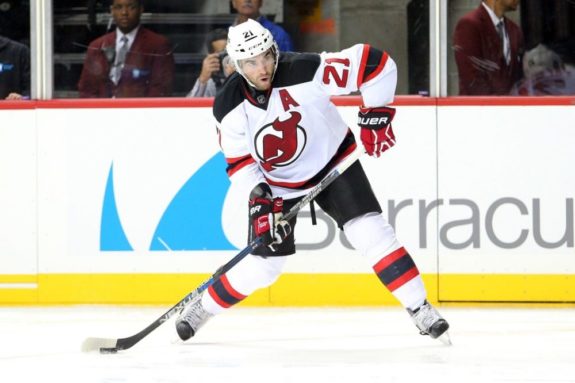
Whether or not Palmieri keeps up the pace without Hall is anyone’s guess, though. What Devils fans know for certain is the following players definitely need to pick both it and the slack up for the Devils to stand even a chance at becoming this year’s St. Louis Blues and at least make a run towards clinching a playoff berth:
5. Jesper Bratt
Without Hall manning that first-line slot on the left side, everyone effectively moves up, including Jesper Bratt. In Bratt’s defense, his offense isn’t all that much lower than how he’s produced in the past, with six goals and four assists so far for 10 points in 30 games. However, expectations must now be greater for the 21-year-old, seeing as he has effectively become a top-liner.
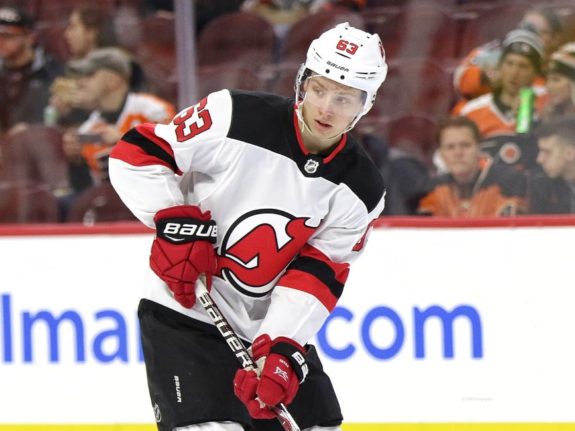
This is Bratt’s third season with the Devils. So, he’s only really known life in Hall’s shadow. While Bratt’s 35-point rookie season during Hall’s Hart-winning campaign was his best statistically speaking, the former did score 33 points in 23 fewer games in 2018-19, with Hall injured in all but 33 games himself. So, the Hall trade should be considered a huge opportunity for Bratt, one he must take advantage of if the Devils have any hope this season or in the future.
4. Nico Hischier
Contrary to popular belief, Nico Hischier stands to live up to the relatively paltry seven-year, $50.75 million extension he just signed. He’s only 21 (next month) and his contract only kicks in next season, hence why he ranks only at No. 4 on this list.
Similar to 2019 first-overall-pick Jack Hughes, Hischier’s still young. It would be unfair to put all the pressure to perform on him. Unlike Hughes, Hischier’s been around for a few seasons now and everyone has a good idea of what he’s capable of, namely more than the 16 goals and 50 points he’d be projected to reach over an 82-game season.
Part of it is luck, as Hischier’s shooting percentage (9.8%) is down from in previous seasons. In effect, by most metrics Hischier’s one of the unluckiest players in the league. However, he’s also taking less shots, just over two per game, than he has in the past. During his rookie season, he recorded 2.2 per game. Last season, he upped the ante with 2.31. Needless to say, his production has declined this season. As the Devils’ de facto top-line center, they need more from him.
3. Damon Severson
Ironically, defenseman Damon Severson is
somewhat of a poster child for the team’s lack of offense.
At just 25 and with three years left after this one on his deal, he is still part of the team’s long-term solution. However, he had 11 goals and 39 points last season, so he’s off the pace with totals of just three and eight up to now.
There’s nothing necessarily wrong with Severson’s overall play. As Sportsnet’s Andrew Berkshire argues, from an offensive perspective he’s above the team average across the board. However, it’s generally his job to create opportunities rather than put the puck on net himself. So, with the Devils largely snake-bitten and scoring at a 30th-ranked 2.37 goals per game, his numbers have seen better days.
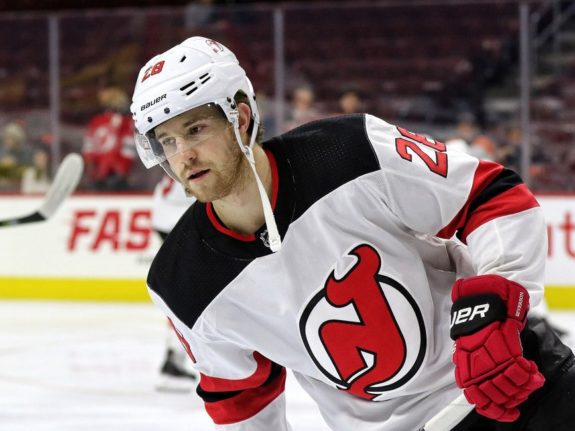
Admittedly, there’s only so much Severson can do in that regard, but it would be easier to give him a pass were it not for his underwhelming defense (plus/minus -13), which has long been a problem. His defensive issues are especially problematic with the Devils having given up a decent 10th-ranked 31.2 shots against per game. If Severson isn’t producing and his defense isn’t there either, he’s just not helping.
2. Mackenzie Blackwood
If the Devils’ defense is doing (just) all right, but they’ve given up a 30th-ranked 3.51 goals against per game played, it stands to reason the goaltending could improve, and that’s especially evident with regard to Mackenzie Blackwood, who was a revelation last season, but has been at least a disappointment this one.
Even if Blackwood was just 10-10 in
2018-19, his .918 save percentage stood out as a big reason why the Devils
didn’t need to be so concerned with Cory Schneider’s at-this-point-undeniable
decline.
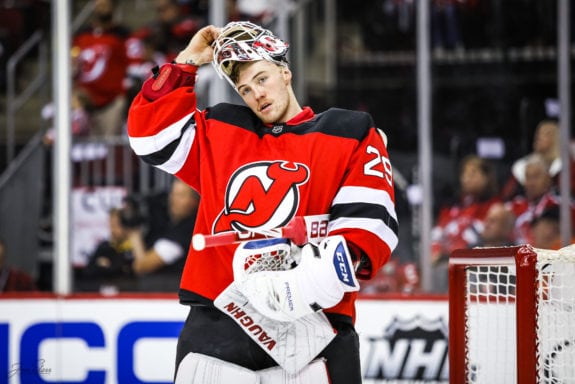
Record-wise, Blackwood isn’t that far off right now. He’s 10-10-4, but his .906 save percentage sticks out like a sore thumb. While it’s more below-average than horrible, to put that figure in perspective: Schneider’s was just .903 last season and the Devils clearly should have considered buying him out at the time.
It might be unfair to compare the two,
especially Blackwood to Schneider during his peak. However, in his prime
Schneider had regularly been recording save percentages in the mid .920s. So,
Blackwood’s .918 from last year? His campaign as a whole wasn’t seen as his
arrival, but a stepping stone to something greater. He’s taken a step back
instead.
1. P.K. Subban
Much of what was said about Severson can be
said about P.K. Subban. While Severson’s plus/minus is the second-worst among
Devils defensemen, Subban’s is the actual worst (-14) and, with just six points
on the season, if Subban isn’t producing in at least one end of the ice, he’s
not helping the cause.
The difference between Severson and Subban
is obvious. Severson is making $4.675 million. Meanwhile, Subban is the
highest-paid Devil with a salary of $10 million. Higher expectations
justifiably come with the higher paycheck.
While the underlying stats say Subban has been largely unlucky (along with Severson and Hischier), the fact is it’s about halfway through the season and he’s only got a single power-play point. During his James Norris Memorial Trophy-winning 2012-13 season, which was lockout-shortened to 48 games (and in which he only played 42), Subban had a career-high 26.
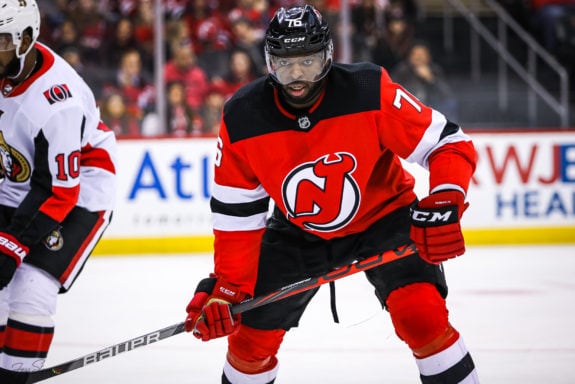
Granted, that season with the Montreal
Canadiens, Subban played 4:43 per game on the man advantage. That’s admittedly
been more than halved to 2:18 this season. Nevertheless, Subban has received
the second-most amount of power-play ice time among Devils defensemen (Sami
Vatanen).
While Subban’s deployment as a winger on the power play has bordered on the bizarre and the unit as a whole is clicking at a 29th-ranked 13.3%, there can’t be too many excuses here. Subban’s being paid to be a game-breaker and he hasn’t been, in spite of a relatively rosy fantasy outlook when he had first been acquired.
The Subban trade should have turned the Devils into contenders. Obviously that hasn’t happened and the best they can realistically hope for is a shot at just making the playoffs down the stretch. For that to happen, Subban, who hasn’t necessarily been bad, has to instead be good. There’s a difference. Subban has to make one himself.